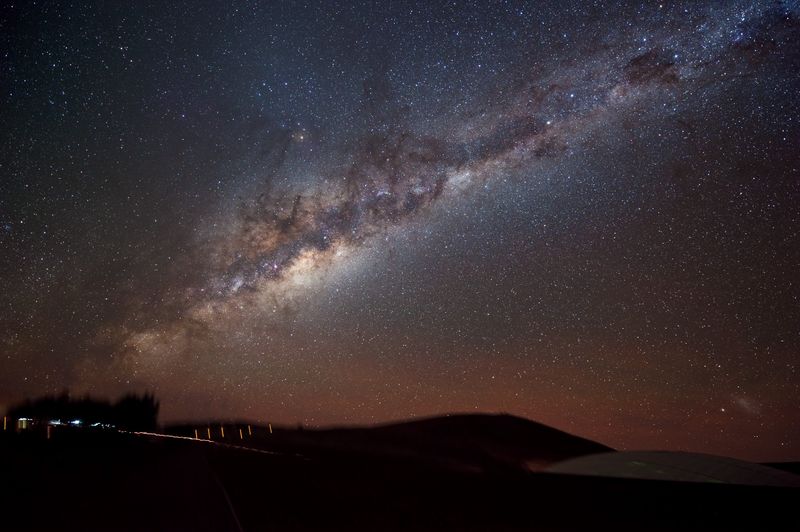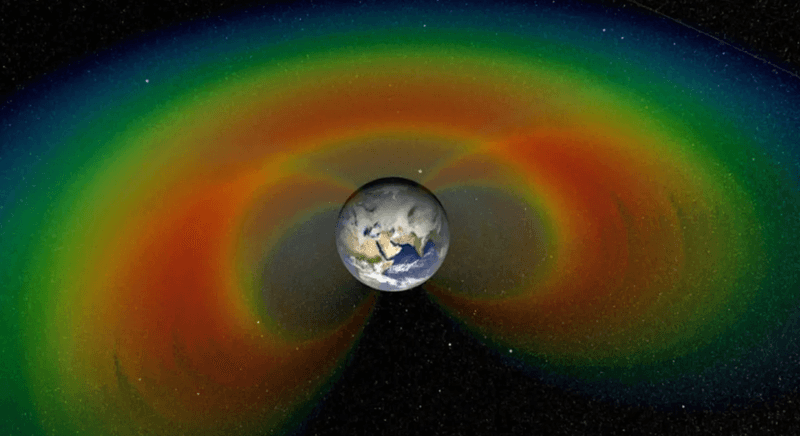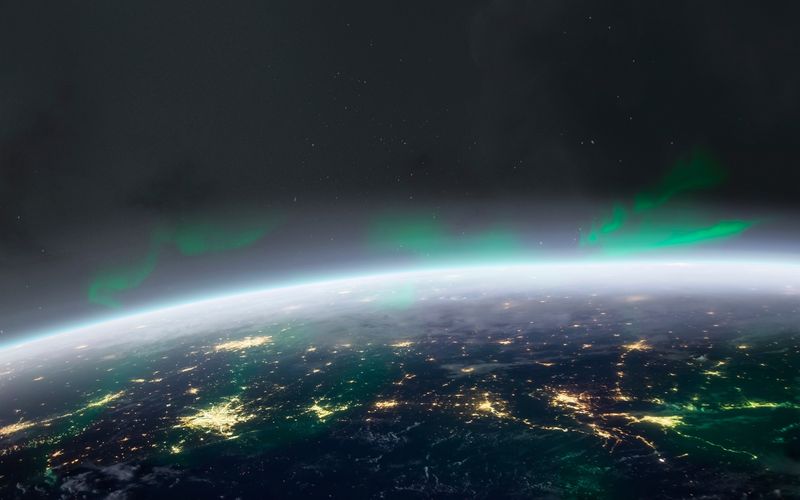The unusual characteristics of a white dwarf have made astronomers think it went part way through a supernova explosion without going the whole way. If so, it would raise many questions about how such an event occurs, how common they are, and whether all partial supernovas stop at the same point.
Rare “runaway stars” travel either much faster than the usual stately orbits of those circling the galactic center or in wildly different directions. Their behavior is attributed to some dramatic event, most often being part of a close binary system where their companion went supernova, with the shockwave giving them an astounding push.
SDSS J1240+6710, a white dwarf 40 percent of the Sun's mass, seemed a classic example of such survivors when discovered in 2015. Its speed of 250 km/s (560,000 mph) is similar to the Sun's but in the opposite direction from almost every other star. However, closer examination has revealed characteristics astronomers have never seen before and are inconsistent with any known cause. Professor Boris Gaensicke of the University of Warwick argues the partial supernova hypothesis explains what we see.
When red giant stars run out of fuel and shed their outer layers, they leave behind white dwarfs with atmospheres usually composed of leftover hydrogen and helium, the lightest elements. Some have small amounts of slightly heavier elements, carbon or occasionally oxygen, which is attributed to mixing with the star's core.
SDSS J1240+6710 is different, with an atmosphere of oxygen, neon, magnesium and silicon, along with smaller quantities of elements from similar parts of the periodic table. We know from observing supernova that all these elements are formed early on in the explosion before the supernova moves on to forging heavier elements like iron, nickel, and manganese.
In Monthly Notices of the Royal Astronomical Society, Gaeniscke reports that there are no signs of these heavier supernova residues in SDSS J1240+6710's atmosphere.
“This star is unique because it has all the key features of a white dwarf but it has this very high velocity and unusual abundances that make no sense when combined with its low mass,” Gaeniscke said in a statement. "It has a chemical composition which is the fingerprint of nuclear burning, a low mass and a very high velocity: all of these facts imply that it must have come from some kind of close binary system and it must have undergone thermonuclear ignition. It would have been a type of supernova, but of a kind that that we haven't seen before."
By astronomical standards, supernovas are very quick events yet still bright for months, giving us plenty of time to catch them. However, for most of this time, the bulk of the light comes from the decay of radioactive nickel. If the explosion somehow stopped before nickel production, it's flash might be so brief we miss it.
SDSS J1240+6710 is about 1,430 light-years away – not close but still in our galactic quadrant. We have no idea if the Milky Way has many such objects as most are likely too far away for us to notice. SDSS J1240+6710's “cooling age” suggests the explosion occurred 40 million years ago, but this is based on models created for explosions we are familiar with and may apply poorly to such a distinctive case.




